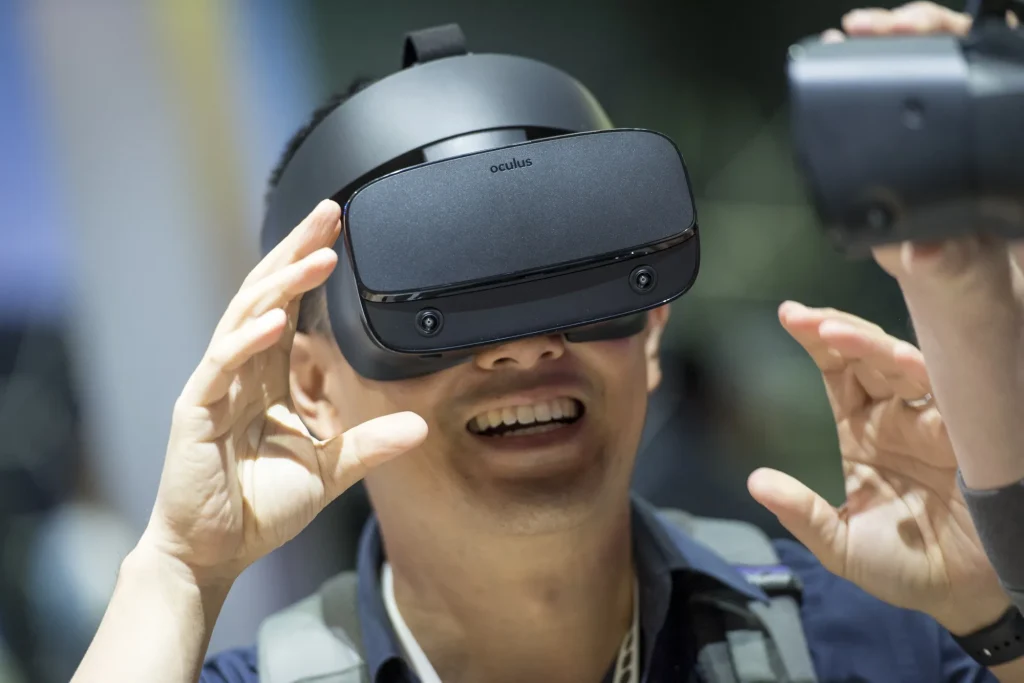Let’s be honest—betting hasn’t always been the most immersive experience. Sure, live dealers and HD streams helped, but VR? That’s a game-changer. Imagine stepping into a virtual casino where you can see the roulette wheel spin, hear the cards shuffle, and feel the tension of a high-stakes poker table—all from your couch. Here’s how virtual reality is flipping the script on online betting.
The Rise of VR Betting: More Than Just a Gimmick
At first glance, VR betting might seem like flashy tech for tech’s sake. But dig deeper, and you’ll find it solves real pain points. Traditional online betting can feel… detached. You click buttons, watch screens, and hope for the best. VR bridges that gap by recreating the social buzz and tactile thrill of physical casinos—without the travel or dress code.
Key Ways VR Enhances Betting
- Immersion: Walk through a 3D casino, interact with other players, and even pick up virtual chips.
- Real-time interaction: Chat with dealers or opponents via spatial audio—no more typing into a void.
- Realistic physics: Watch dice bounce or horses race as if you’re trackside.
- Personalization: Customize your avatar or private betting lounge.
VR Betting in Action: What’s Already Possible
You might think VR betting is years away, but it’s already here—just niche. Early adopters are using platforms like SlotsMillion VR or PokerStars VR to play poker, blackjack, and slots in fully rendered environments. Sports bettors can “sit” in virtual stadiums with live stats floating beside them. Even eSports betting gets a boost—imagine watching a League of Legends match from midlane.
| VR Betting Feature | Traditional Online Betting |
| 3D casino navigation | Dropdown menus |
| Hand gestures to place bets | Mouse clicks |
| Live player avatars | Text usernames |
| Haptic feedback (coming soon) | Static notifications |
The Tech Behind the Magic
For VR betting to work, it leans on a few key technologies:
- 360° video streaming for live events
- Blockchain for transparent, fast payouts (some VR casinos use crypto)
- Haptic gloves—still experimental but promising
- AI dealers that read player cues
Challenges and Limitations
Not all rainbows, though. VR betting faces hurdles like:
- Cost: High-end headsets aren’t cheap (yet).
- Motion sickness: Some users can’t handle prolonged VR.
- Regulation: Laws haven’t caught up—jurisdictions are scrambling.
- Adoption: Many bettors still prefer quick, mobile-friendly options.
That said, as headsets get lighter and cheaper—looking at you, Meta Quest 3—these barriers will crumble.
The Future: Where VR Betting is Headed
Picture this: by 2030, you might attend the Kentucky Derby as a hologram, place bets by nodding at a virtual bookie, and cash out before the race ends. Or maybe VR casinos will offer neurofeedback—adjusting odds based on your heartbeat. Far-fetched? Maybe. But then again, so was streaming 4K blackjack a decade ago.
One thing’s certain: VR isn’t just changing betting. It’s redefining what it means to “place a wager.” No longer a transaction—it’s an experience.







More Stories
Betting Market Regulations in Newly Legalized Territories: The Wild West Meets the Rulebook
Social Betting Platforms and Community-Driven Predictions: The New Water Cooler
Cracking the Code: A Beginner’s Guide to Betting Odds